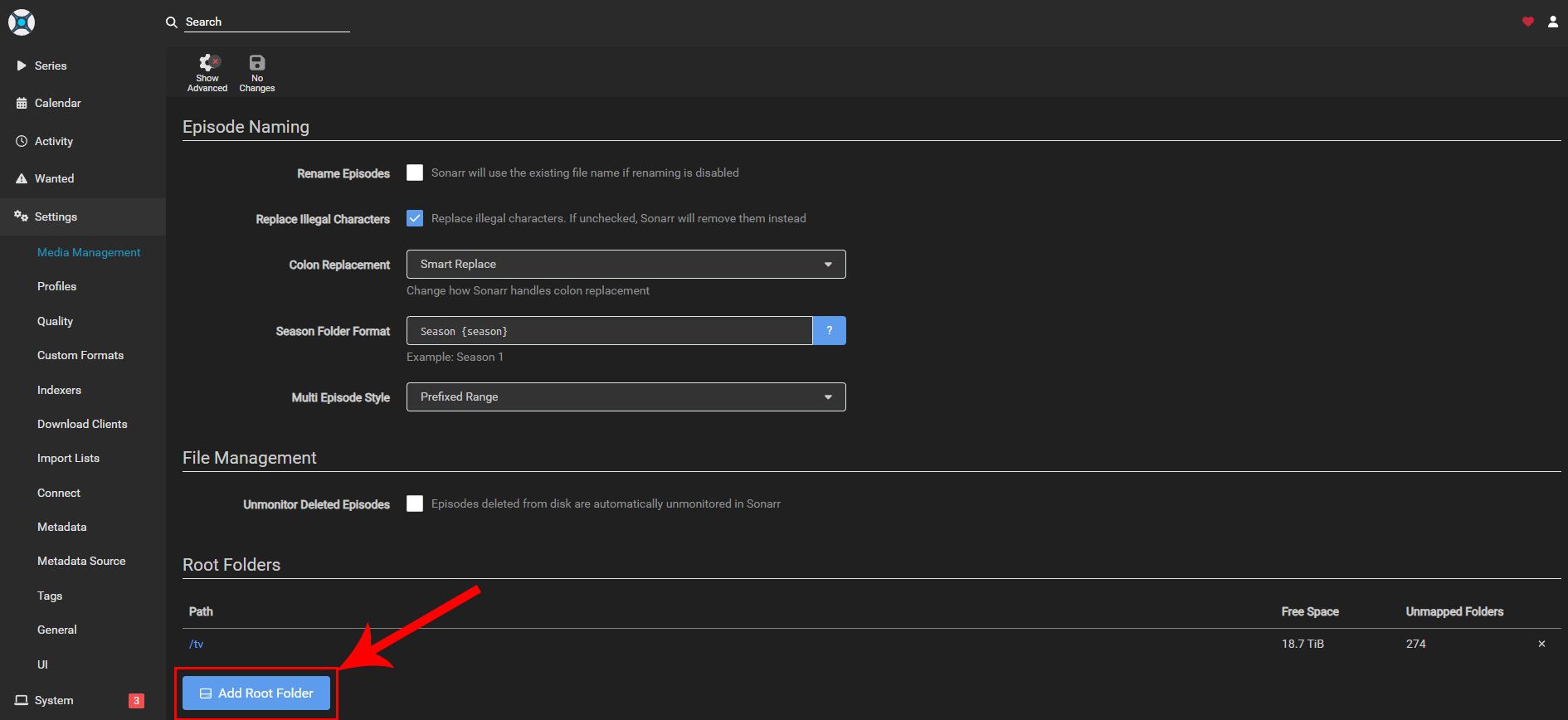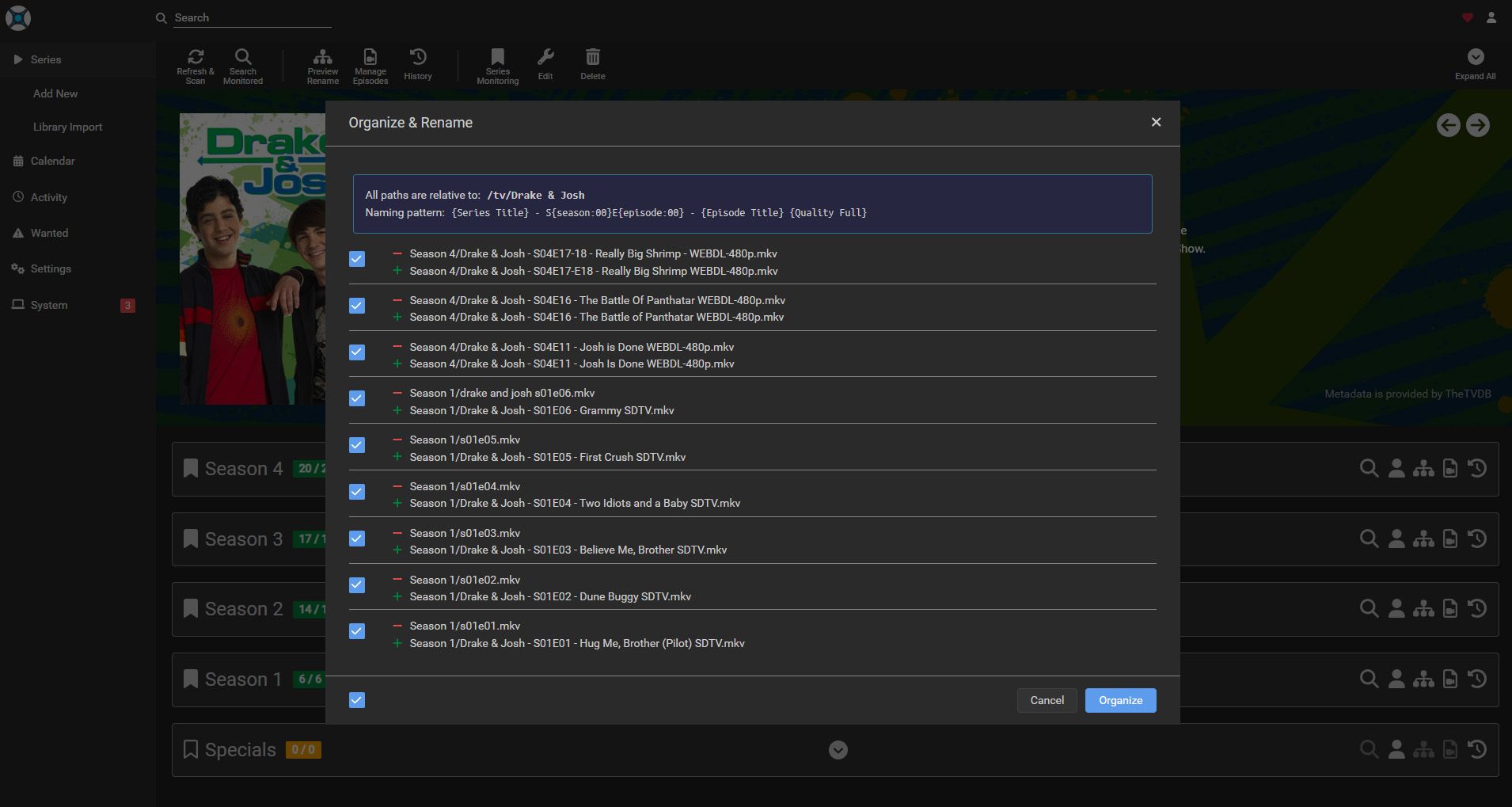If you’re like me, then manually organizing your media is not something you do for fun. So, instead of having a jumbled mess of a Plex library, here’s my top tip to keep your media neat and tidy.
Why Organization Matters in Plex
Plex is very picky about its file names and folder structures. While you can throw a bunch of MP4 or MKV files into a single folder and have Plex semi-organize it all, having a proper folder structure and file naming scheme is a much better alternative.
The reason Plex is so picky about file names and folders is that it relies on that information to know what a piece of media is. Let’s say that you ripped your MythBusters DVDs to put on your Plex server, and named the files Mythbusters1.mkv, Mythbusters2.mkv, etc. Well, Plex wouldn’t quite know what to do with that.
For Plex to properly name and categorize a show by its seasons, you need to have a specific naming scheme. For TV shows, it’d be like so: MythbustersS1E1.mkv. S1 relates to the season, and E1 relates to the episode. Specials are labeled S0, and so on. Multipart episodes can get even more complicated.
However, instead of having to name all of your media manually, there’s software that will handle all of that for you.
How Sonarr, Radarr, Lidarr, and Readarr Simplify Organization
If you’re ready to organize your Plex media library the easy way, check out the *arr apps. These apps completely automate your media organization.
Sonarr focuses on TV series. Radarr is for movies. Lidarr handles your music. And Readarr is perfect for book lovers (though it’s the least complete app on the list.) I’m going to explain how to organize media in Sonarr, but the rest of the apps function identically, just with slightly different folder structures.
Once you have Sonarr installed, you’ll need to configure a few things. The first one is where your media is stored. After that, you’re off to the races. Sonarr can take the media that it finds in that folder and automatically organize it, or you can give it some general organizational help to start with.
Instead of manually creating all the TV shows, movies, or other folders, you can let the *arr apps do it for you. Start by creating your top-level folder structure. I’d recommend something like this: Media > TV Shows, Movies. Then, simply navigate to Settings > Media Management and toggle on “Show Advanced.” Begin by adding the TV Shows folder you already made to the Root Paths at the bottom. Then, you’ll want to toggle a few settings.
Start by enabling Rename Episodes and Replace Illegal Characters. Then, down the page a little, tick the box next to Create Empty Series Folders. What this will do is when you add a new series to Sonarr (or movie to Radarr, etc.) it’ll automatically create the folder structure for you within the primary folder that you put your media in.
Now, you can drop your media into these pre-made folders. Sometimes, the season folders aren’t automatically created, so you might have to make those manually. Try to have at least the episodes named ep1, ep2, or better yet, the basic s1e1 if at all possible.
From there, once the media is in the folders, head to the TV show’s page within Sonarr (you can use the search bar at the top) and then hit “Preview Rename.” This function will scan the folder for that TV show and then rename all episodes to be in the best format for Plex. You could also change up this naming scheme on the Media Management settings page if you want.
The process is much the same for Radarr, Readarr, and Lidarr.
Avoiding Common Mistakes in Plex Library Management
The biggest thing to keep in mind is that your library management has a two-fold purpose: to help you manage your library and to help Plex manage your library.
For my personal Plex collection, I have three main top-level folders under my main Media folder. The first is Movies, which holds all 4K movies. Then there’s Movies 1080p. The reason I keep 4K and 1080p movies separated is to only give out access to the 4K library to my friends with an internet speed and streaming device capable of direct playing so I don’t have to transcode all the time. Then, I have TV shows.
This helps to keep things separate within Plex, keep things separate for me, and also helps make my media library portable. If I was only ever going to use Plex and I never wanted to bring my media to another app or do anything else with it, one big folder for TV shows and one big folder for movies would be okay (not fine, but okay.)
However, the other day I wanted to try out Jellyfin, and I could simply point it to the folders and it was up and going. When I wanted to add Readarr to my stack, I simply made a new folder called Audiobooks, and I was ready to go. A proper folder structure makes things easier to manage all around.
Another thing to avoid is just placing all of your movie files within one folder. While, yes, this will work, it’s recommended by Plex themselves to put the movies into their own respective folders. Radarr handles this automatically, and it should be the only way you do it. Plex also has a breakdown of exactly how your TV series files should be organized, which is the exact way that Sonarr automatically does it.
The folder structure also makes it easy if you want to go in and cull your library by removing old media that you don’t watch anymore or just to clean things up. A clean library is a happy library. However, with the *are apps, you really don’t even have to go into your folder structure often. Once the media is moved in there, and the respective arr app renames it, then you manage everything else from the app itself. You can delete it from there, too.
Are you tired of Plex and want to give something else a try? Well, here are five reasons why you should check out Jellyfin (even though I personally prefer Plex.)







